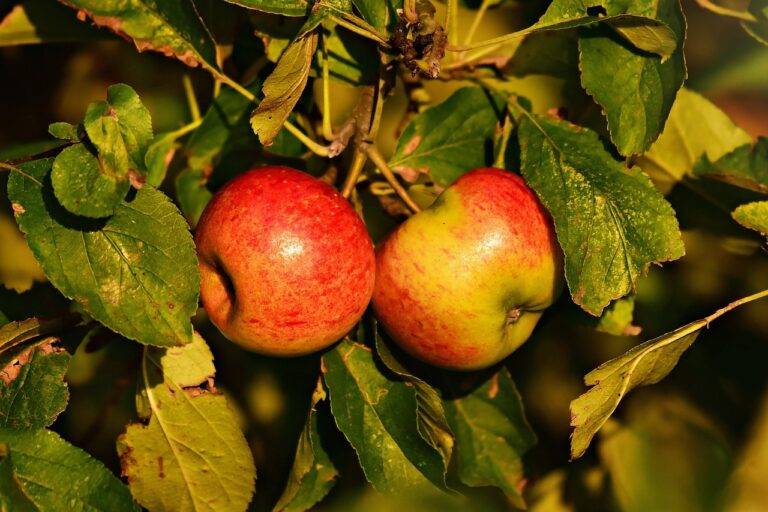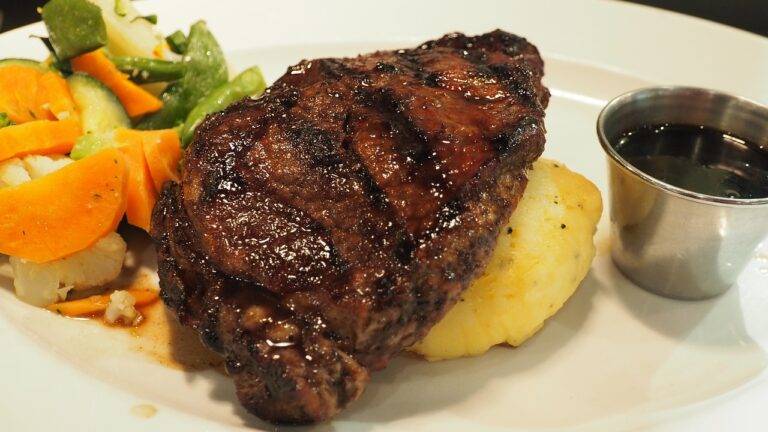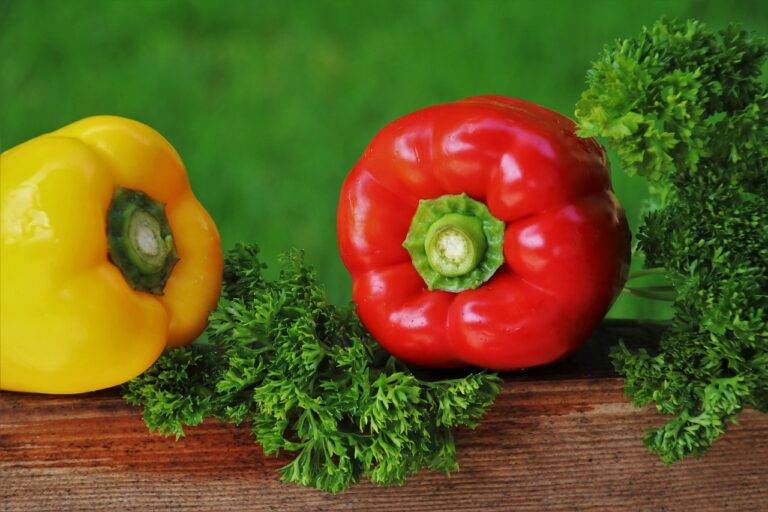Exploring the World of Cheese: Types and Uses
There are numerous types of cheese available around the world, each with its own unique taste, texture, and aroma. From creamy Brie and tangy Blue cheese to sharp Cheddar and nutty Gouda, the variety of cheeses is vast and diverse. Some popular types of cheese include mozzarella, feta, Swiss, and Parmesan, each offering distinct flavors that can elevate any dish they are used in.
Whether you prefer soft, semi-soft, semi-hard, or hard cheeses, there is a type of cheese to suit every palate. Some cheeses are aged for several months or even years, developing complex flavors and textures, while others are fresh and mild, perfect for melting on pizzas or grating over pasta. No matter your preference, exploring the world of cheese can be a delicious and rewarding experience.
Common Uses in Cooking
Cheese is a versatile ingredient that can be incorporated into a wide variety of dishes. Whether it’s grated, melted, cubed, or spread, cheese adds a rich flavor and creamy texture to many recipes. One common use of cheese in cooking is in pasta dishes, such as macaroni and cheese or lasagna, where the cheese is melted and blended into the sauce to create a gooey and indulgent meal.
Additionally, cheese is often paired with fruits, nuts, and charcuterie on a cheese board for a simple yet elegant appetizer or snack. The contrasting flavors and textures of different cheeses can complement the other components on the board, offering a delightful tasting experience. Whether it’s a creamy brie with fresh berries or a sharp cheddar with spiced nuts, cheese boards are a popular choice for entertaining or enjoying a light meal.
Artisanal Cheeses vs. Mass-produced Cheeses
Artisanal cheeses are crafted in small batches by skilled cheesemakers, often using traditional methods and high-quality ingredients. Each artisanal cheese wheel is carefully aged and monitored to ensure optimal flavor development and texture. These cheeses tend to have unique and complex flavor profiles that can vary based on factors such as the animal’s diet, the region where the cheese is produced, and the specific artisanal techniques used.
In contrast, mass-produced cheeses are typically made in large-scale production facilities using standardized processes and ingredients. These cheeses are designed for consistency in flavor and appearance, with an emphasis on efficiency and cost-effectiveness. Mass-produced cheeses are often uniform in taste and texture, lacking the distinct characteristics and nuances found in artisanal cheeses.
What is the main difference between artisanal cheeses and mass-produced cheeses?
The main difference between artisanal cheeses and mass-produced cheeses lies in the production process. Artisanal cheeses are typically handcrafted in small batches using traditional methods and high-quality ingredients, whereas mass-produced cheeses are made on a larger scale using automated processes and may contain artificial ingredients.
Are artisanal cheeses more expensive than mass-produced cheeses?
Yes, artisanal cheeses are often more expensive than mass-produced cheeses due to the higher quality ingredients used and the labor-intensive production process.
Can you substitute mass-produced cheese for artisanal cheese in recipes?
While you can technically substitute mass-produced cheese for artisanal cheese in recipes, the flavor and texture may be different. Artisanal cheeses often have a more complex and nuanced flavor profile, which can enhance the overall dish.
Are there health benefits to consuming artisanal cheeses over mass-produced cheeses?
Artisanal cheeses are often made with higher quality ingredients and may contain fewer additives and preservatives than mass-produced cheeses. As a result, some people believe that artisanal cheeses may be healthier options.
Where can I find artisanal cheeses?
Artisanal cheeses can be found at specialty cheese shops, farmers markets, and some grocery stores. You can also purchase artisanal cheeses online from specialty retailers.





